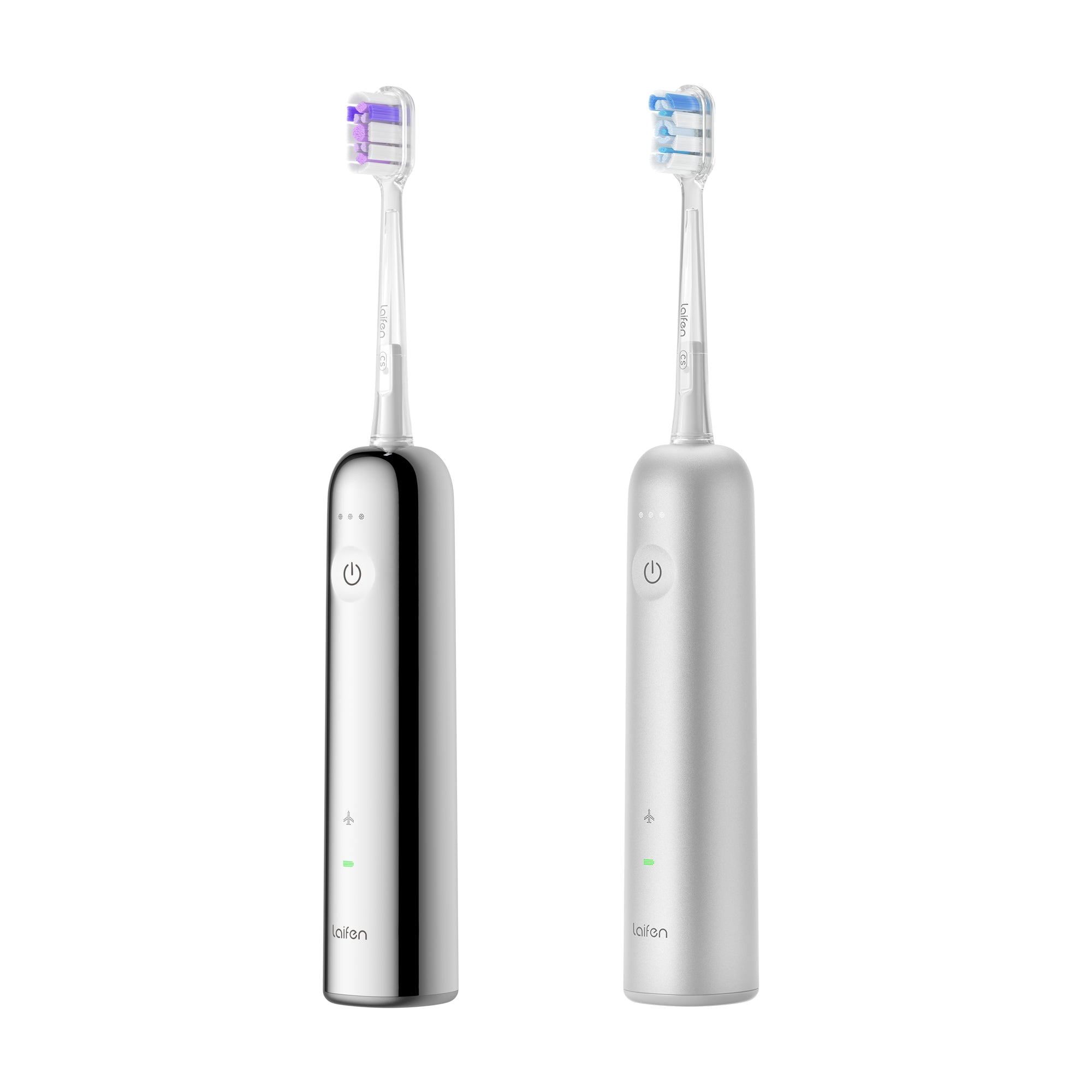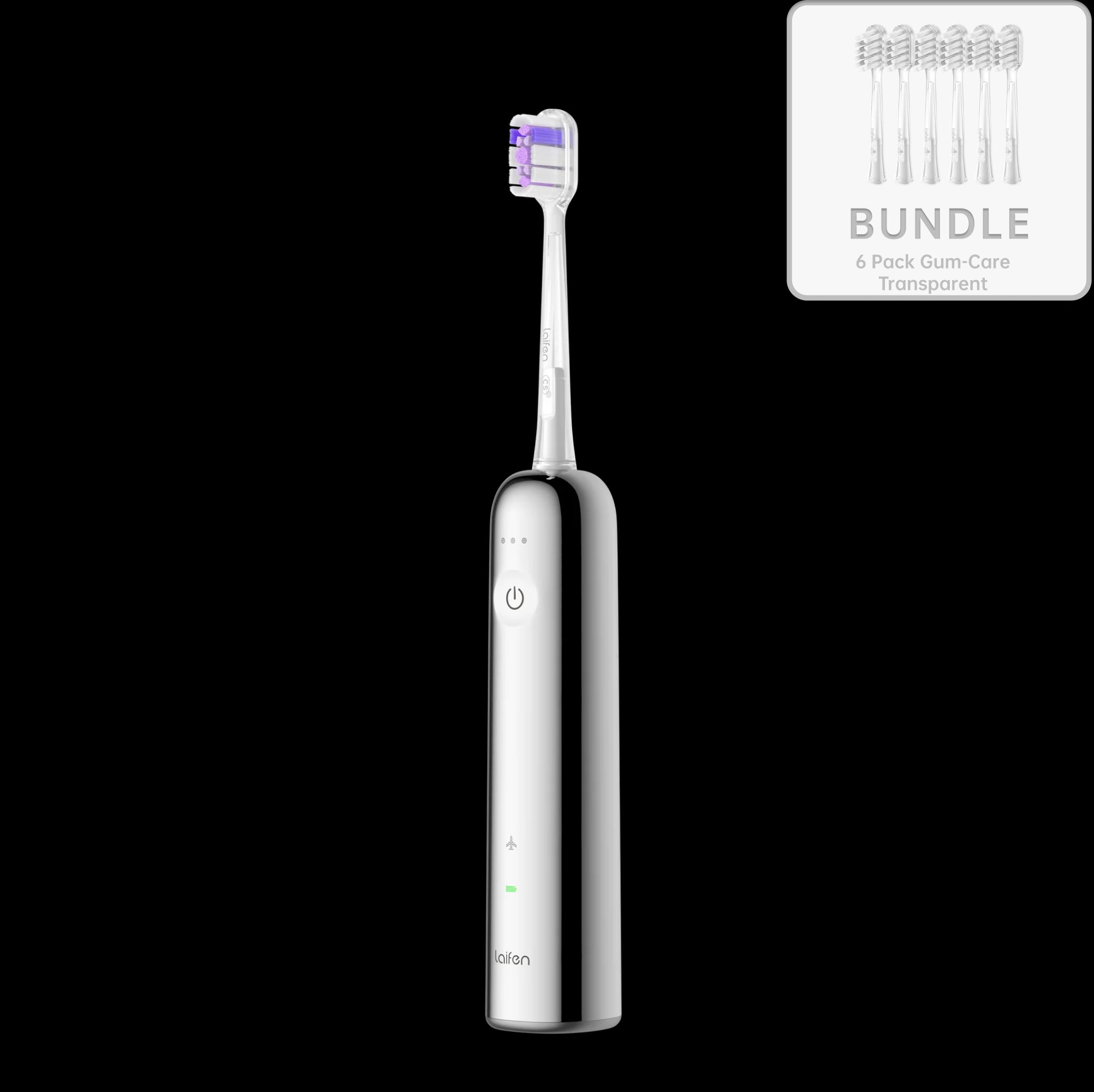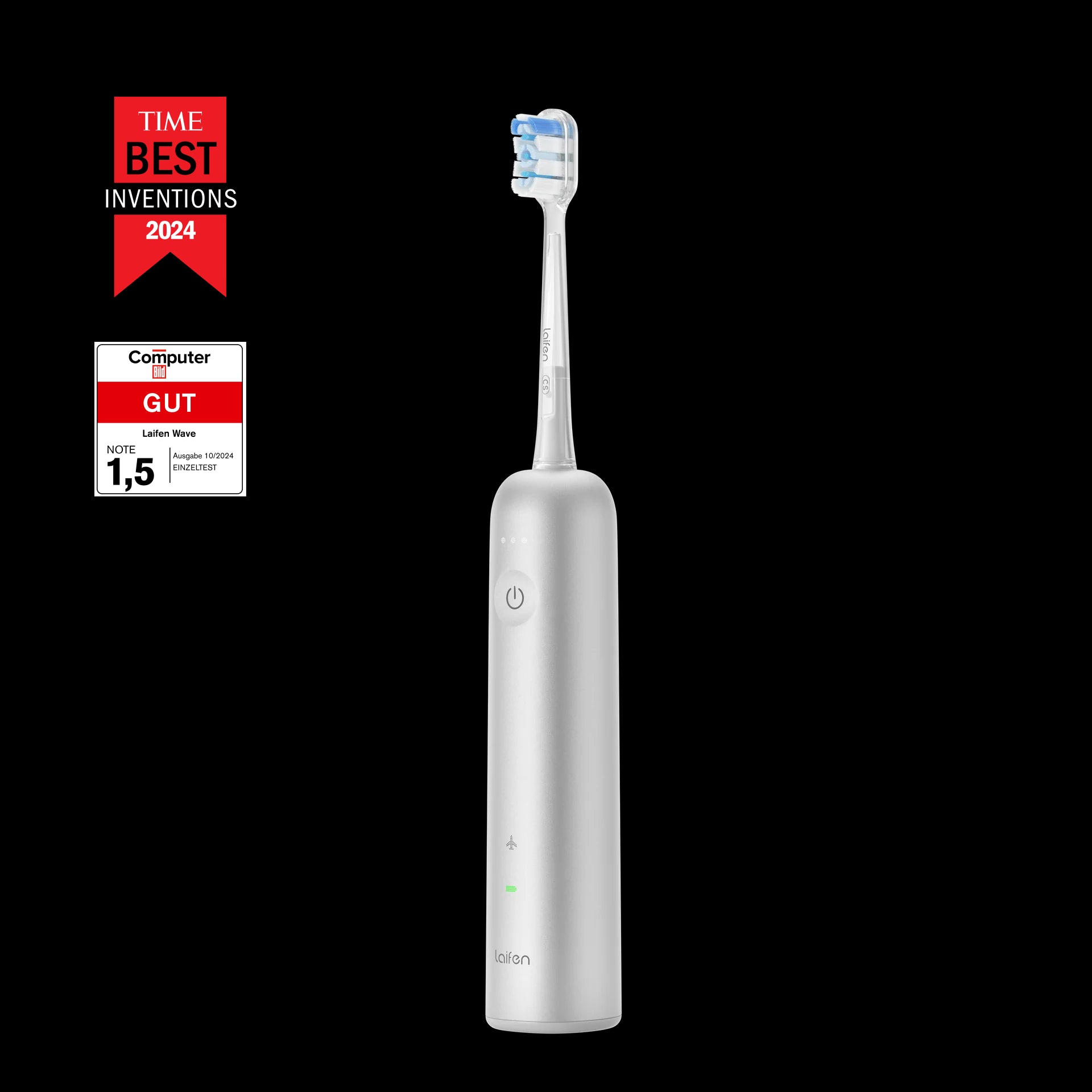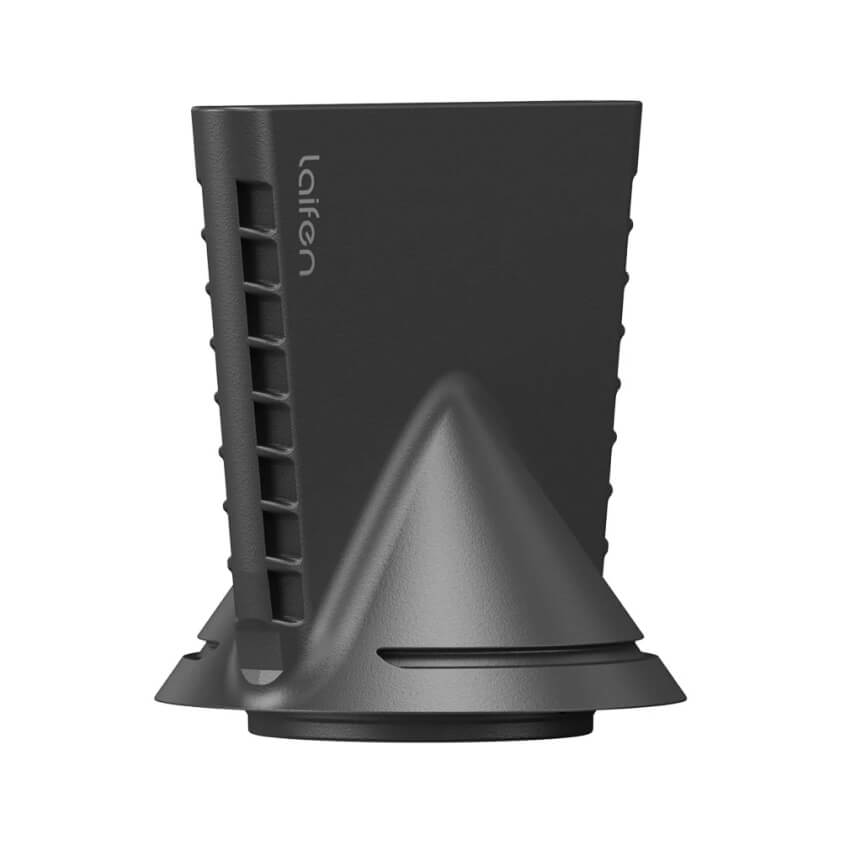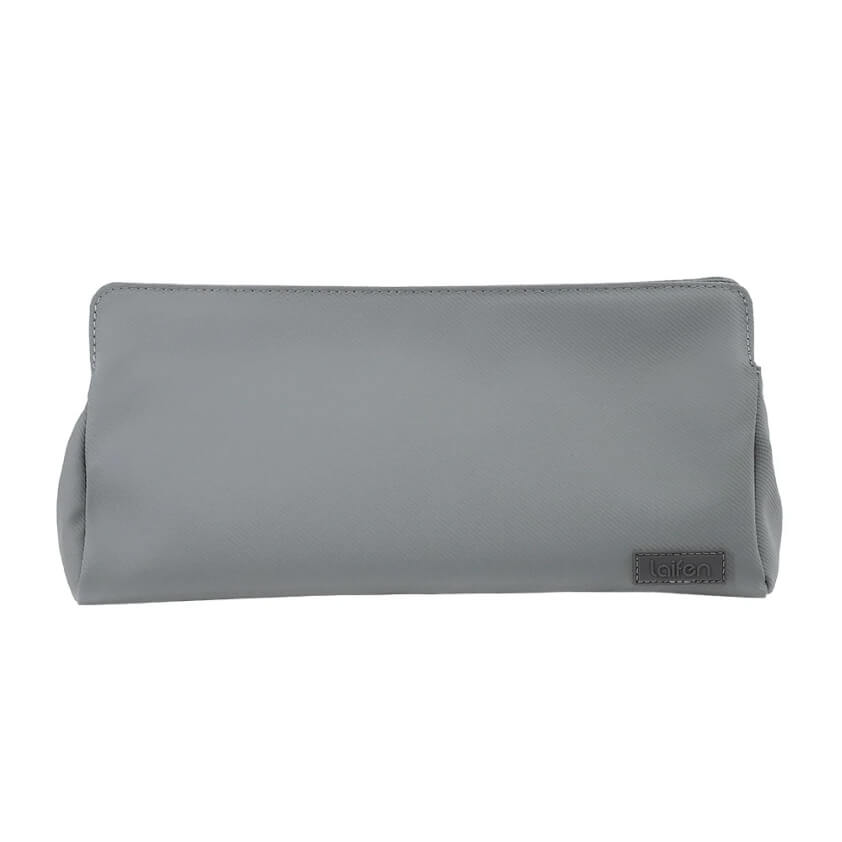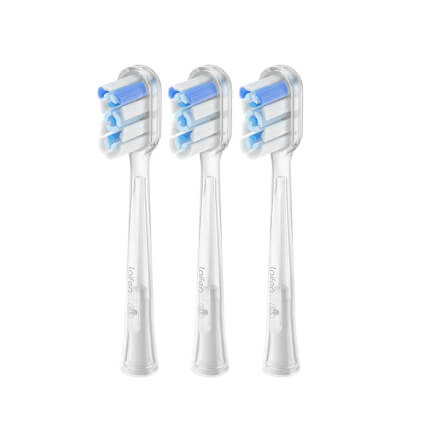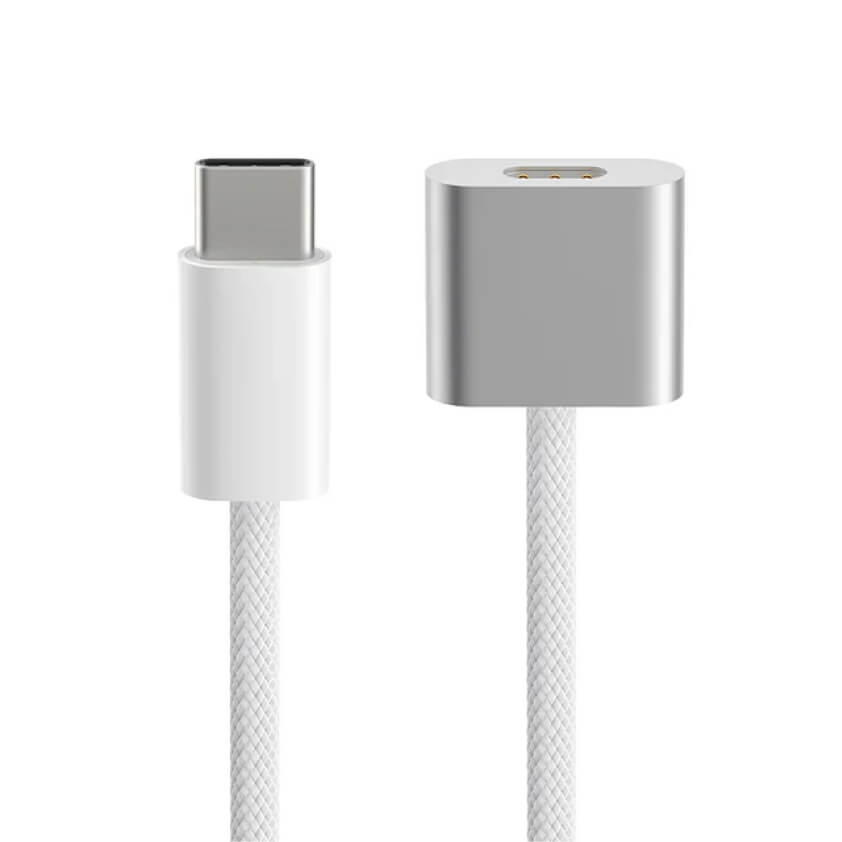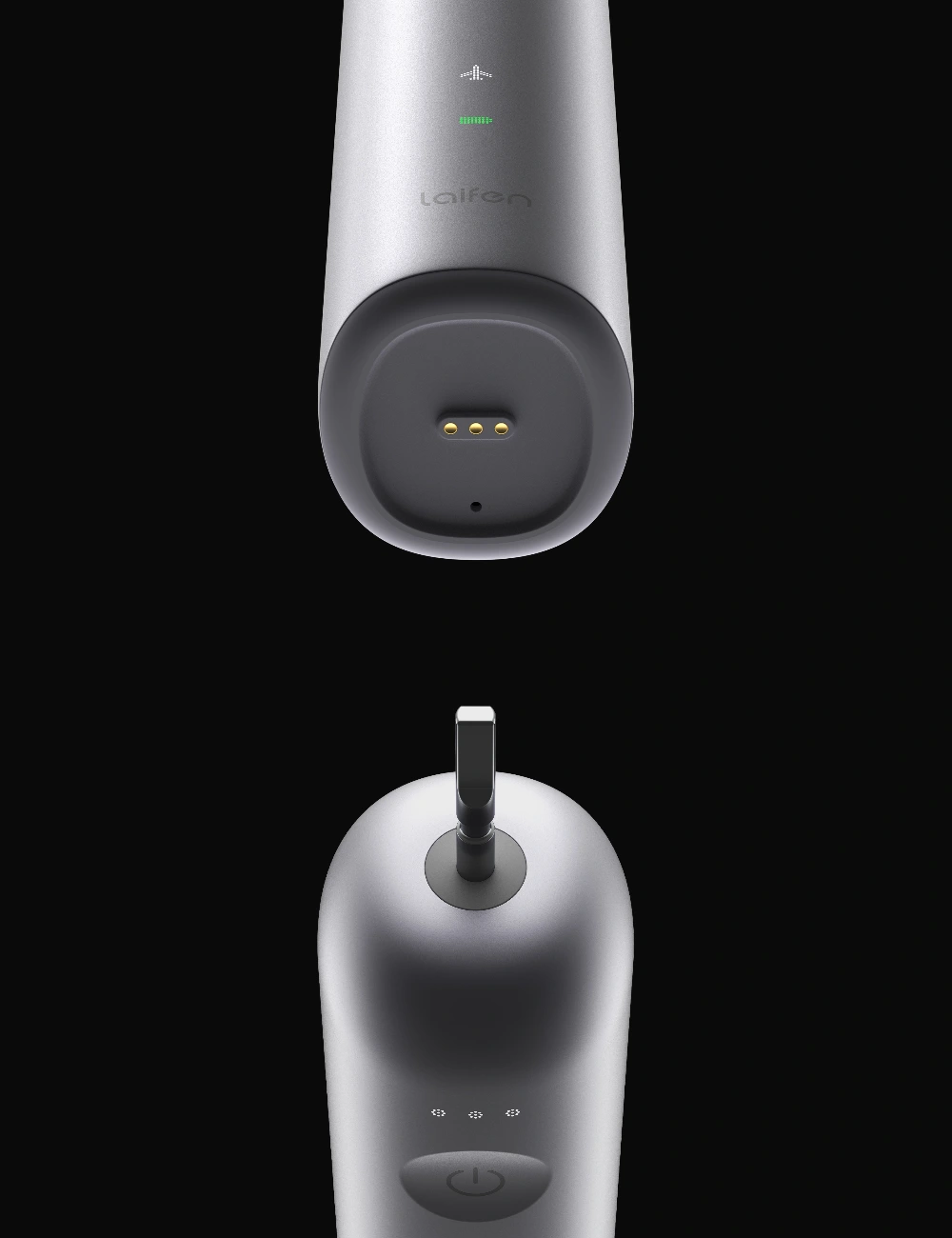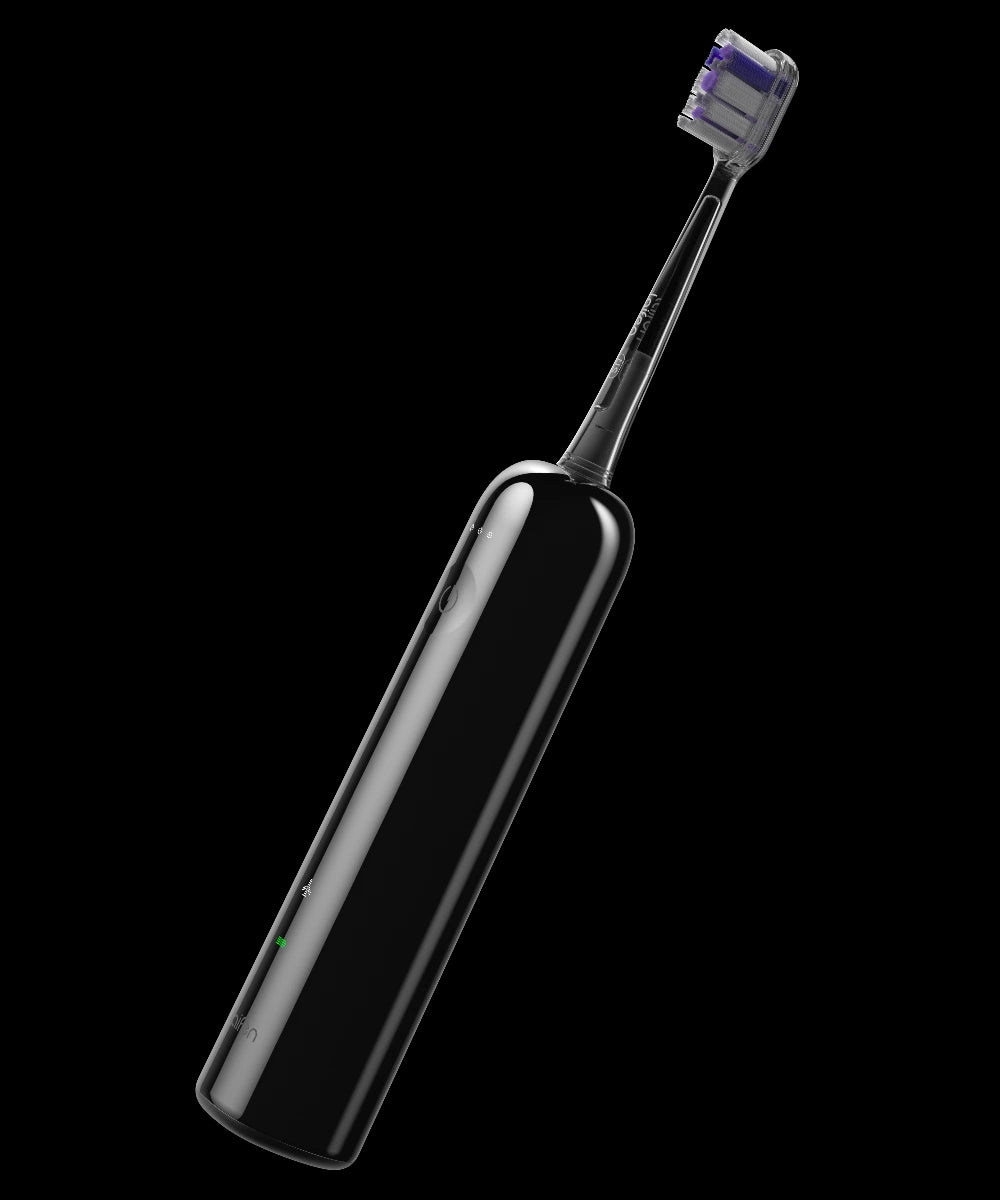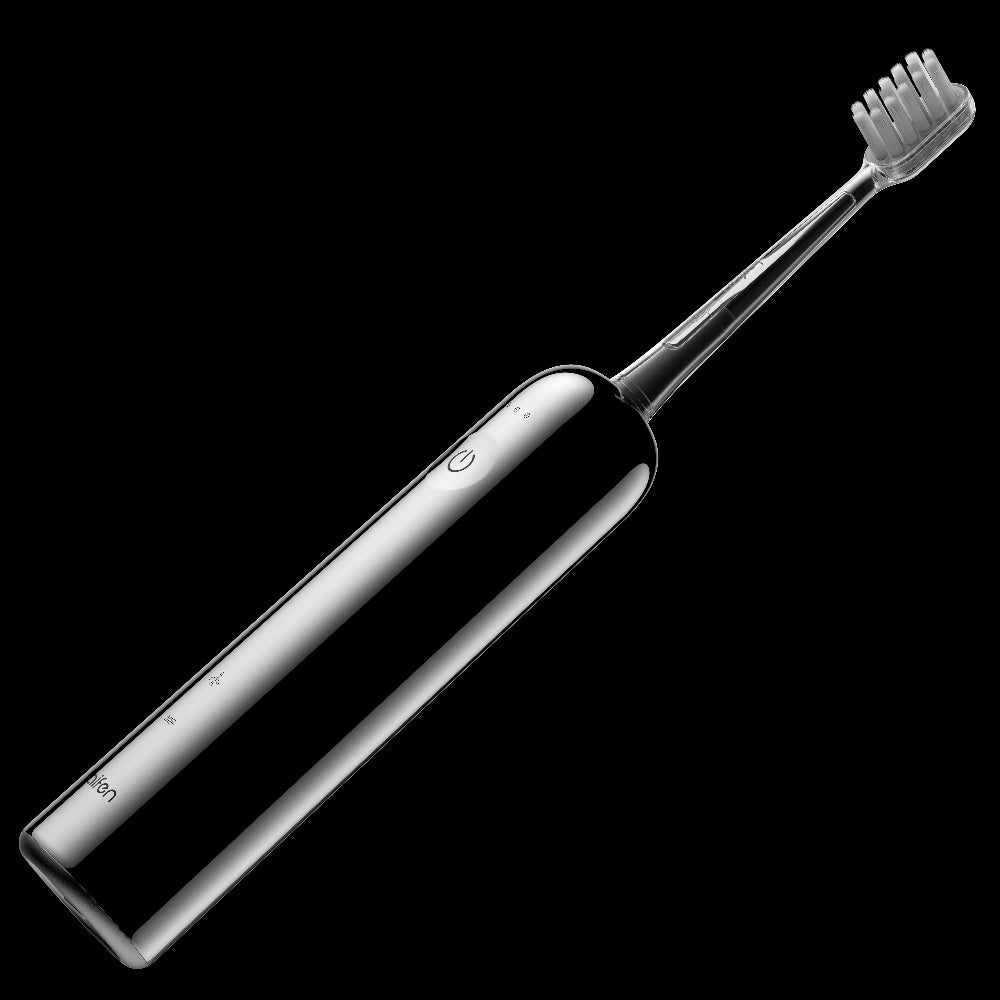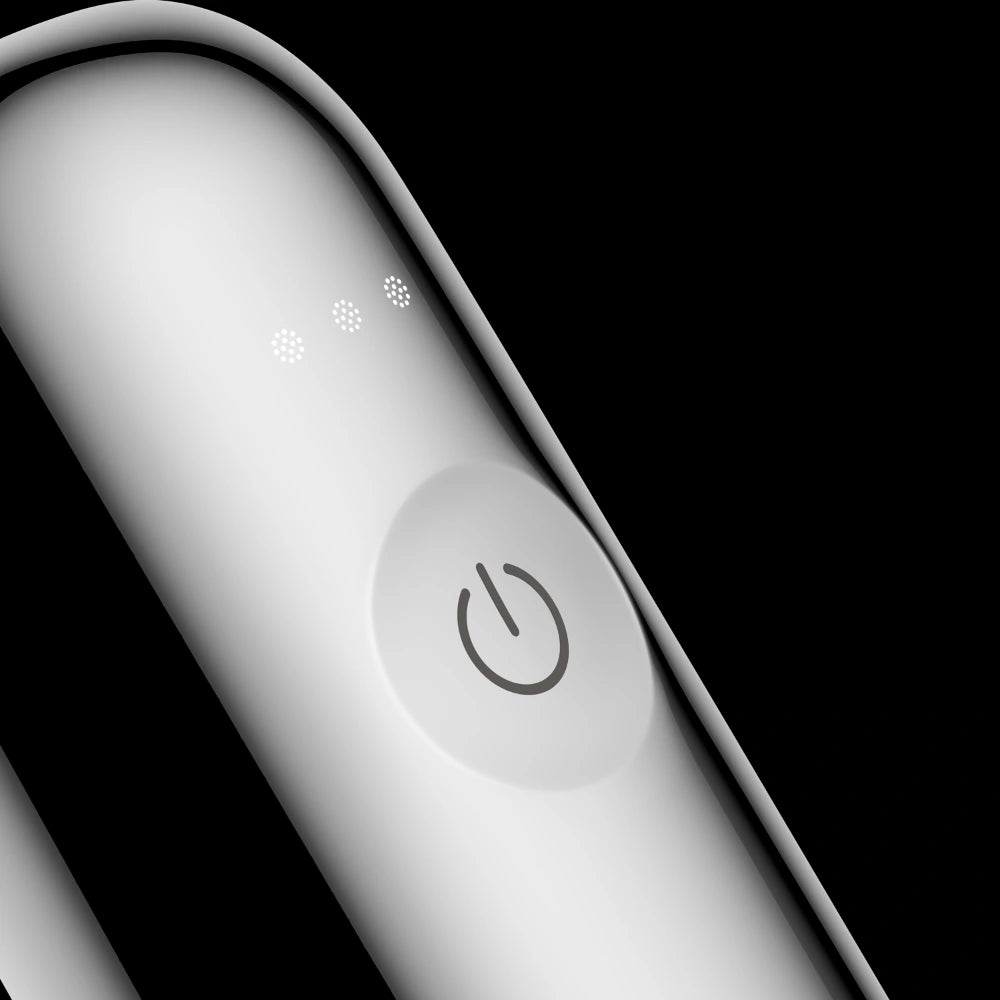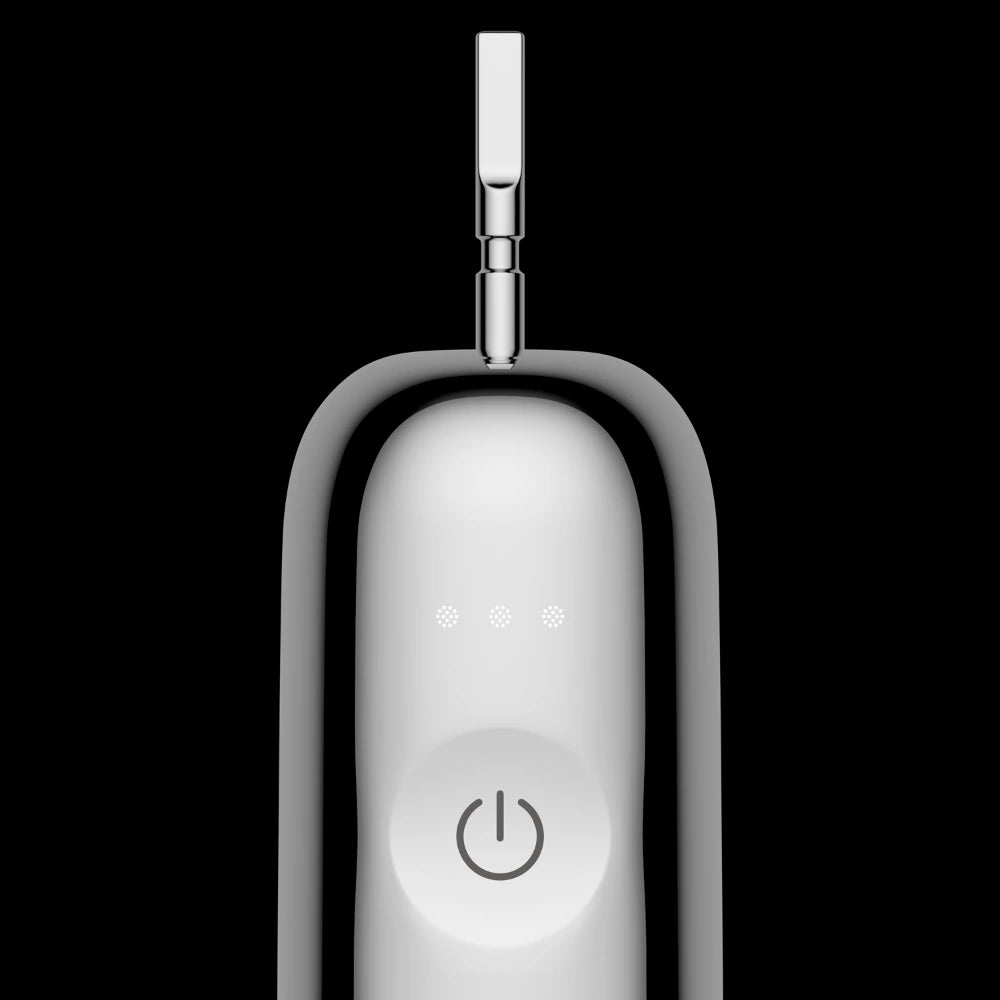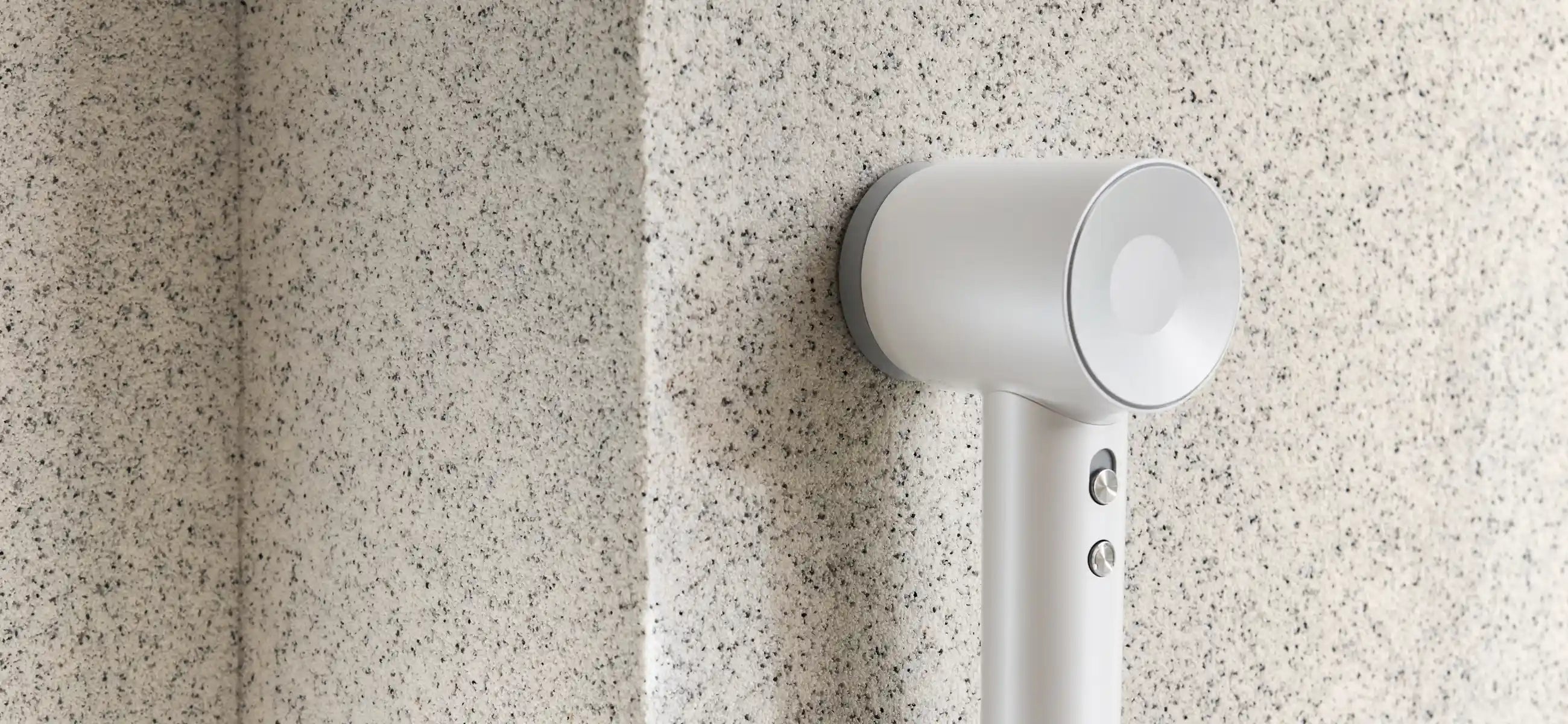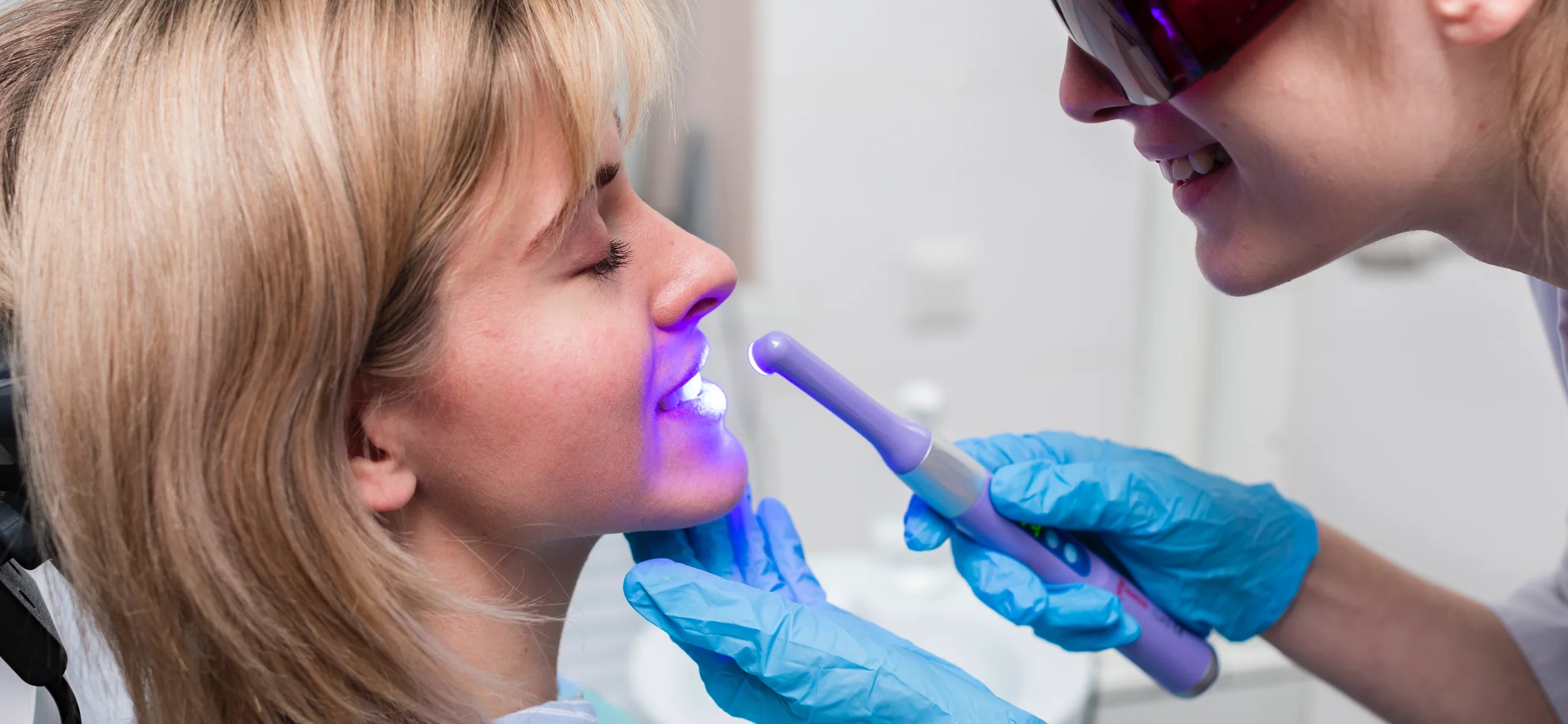
In this article
If you have receding gums or are suffering from gum disease, you might need to go under the knife. The good news is that gum surgery is relatively straightforward and within a few weeks, you should recover without significant issue.
[See also: How to fix receding gums]
[See also: Which is a good electric toothbrush for receding gums?]
In this article, we run through the different types of surgery that your dentist might recommend if you have issues with your gums and introduce you to some handy tips to bear in mind during the recovery period.
How to know if you need an operation on your gums?
There are several reasons why you might need to have an operation on your gums. In many instances, gum recession, which sees your gums pull away from your teeth to expose the roots underneath, is a common reason why you might need an operation.
You may also need surgery if you have experienced a trauma or an impact injury to your gums. Other times some form of surgery might be required to clear up a serious infection or gum disease.
Your dentist will advise you if you require any type of operation and will explain the best course of treatment for your condition. But to give you an idea of the different procedures, we run through the most common surgeries for gums below.
What are the different types of gum surgery?
There are numerous procedures that a dentist may recommend to fix your gums, including:
Gum graft surgery
One method for treating and repairing thinning gums or gum recession is a gum graft operation, sometimes known as gum recession surgery. The operation is usually completed by a periodontist (gum specialist) and is a common procedure.
The periodontist will give you local anesthesia to numb the site and will remove a small amount of tissue from elsewhere in your mouth, before applying it to the receding gums to cover the recession.
Pinhole gum surgery
Commonly known as PST, this type of procedure is non-invasive, meaning you don't need any incisions or sutures. At the point of entry, the surgeon uses a small instrument to make an incision to begin the procedure.
Then, a special instrument is used to loosen the gum tissue so it can be moved to cover the exposed tooth. For many people, a pinhole treatment is preferable to a gum graft, as it has a quicker recovery time and fewer potential side effects.
Laser gum surgery
Laser periodontal therapy is a common way of treating gum disease. The laser features concentrated light energy that destroys bacteria present in the gums.
It does this by creating an energy change in atoms, and it's regarded as cutting-edge science that has transformed the way that periodontists can treat serious gum infections or diseases.
Though it's fairly expensive, it's one of the best ways to treat gum disease and helps to reduce recovery times.
Post surgery recovery tips for healing
Following a gum procedure, you need to follow your surgeon's advice and instructions to aid your recovery and avoid any potential side effects. This is likely to include things like changing any dressings and using over-the-counter pain relief to manage postoperative discomfort.
You should avoid hot drinks and cold food (like ice cream) in the aftermath of any dental or periodontal operation to give your gums the best opportunity to heal.
You also need to amend your diet for a few weeks, and here are some soft foods to eat after gum surgery:
-
Bananas
-
Baked beans (lukewarm, not hot)
-
Cottage cheese
-
Custard (cold)
-
Eggs
-
Greek yogurt
-
Mashed potatoes
-
Oatmeal
-
Pumpkin
-
Risotto
-
Salmon
-
Smoothies (don't include nuts, seeds, or ice)
-
Spaghetti
-
Tea (cold)
-
Tofu
-
Vegetables (steamed)
Following a balanced diet in the wake of a gum operation is crucial as you need to encourage healing by eating vitamin and mineral rich foods. It's a good idea to create a simple meal plan for the couple of weeks following your procedure so you can eat healthily and aid your recovery time.
How to fix receding gums without surgery?
Though an operation might be required if you have advanced gum recession or a particularly bad infection, there are a few things you can try to repair receding gums without a trip to see a periodontist, as we explore below:
-
As gum recession is sometimes caused by over brushing teeth, reducing the pressure you apply when brushing and avoiding brushing the affected area for a sustained period of time can help the gums to heal.
-
Floss regularly to remove food and other debris from between your teeth. Stuck food is one of the most common causes of bacterial infections and it needs to be removed, so don't forget to floss at least once a day.
-
Improving your nutrition can have a big impact on the health of your gums. You can take a multivitamin to boost the health of your gums, and avoiding food and drink options that are high in sugar can have a positive impact.
-
As plaque also contributes to gum recession, scheduling regular appointments with a dentist or hygienist can help you in the long run. Your dentist can spot and treat the buildup of plaque before it becomes a significant issue.
The verdict
A gum procedure might be required if you have receding gums or a serious infection. Your dentist will advise you on the best course of action if you have receding gums, so begin with an initial consultation before proceeding any further.
The good news is that most surgeries on the gums aren't overly complex and don't require a significant amount of recovery time. So, don't delay - if you think you need treatment on your gums, reach out to your dentist today to start the process.
FAQ
Q1: How long do stitches stay in after gum graft surgery?
Your sutures (stitches) will likely stay in for 10-14 days. You need to be careful not to disturb them with your toothbrush. Most sutures dissolve themselves, but your dentist will inform you if you need to return to have them removed.
Q2: Do gums grow back after surgery?
This depends on the type of operation. With gum grafts, the gums don't grow back as the new tissue has been added to the affected site from a different part of your gum.
Q3: How long is the recovery time after a gum operation?
Most people will recover fully after 1-2 weeks. Make sure you follow your dentist's advice and maintain good oral hygiene to recover as quickly as possible.





